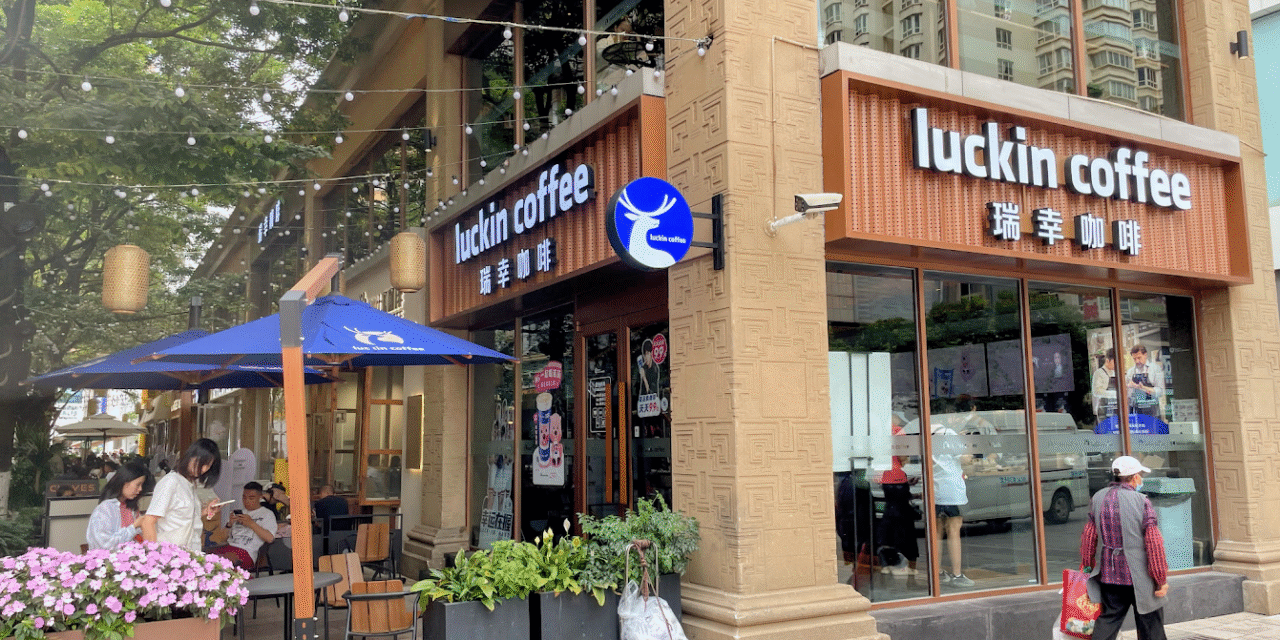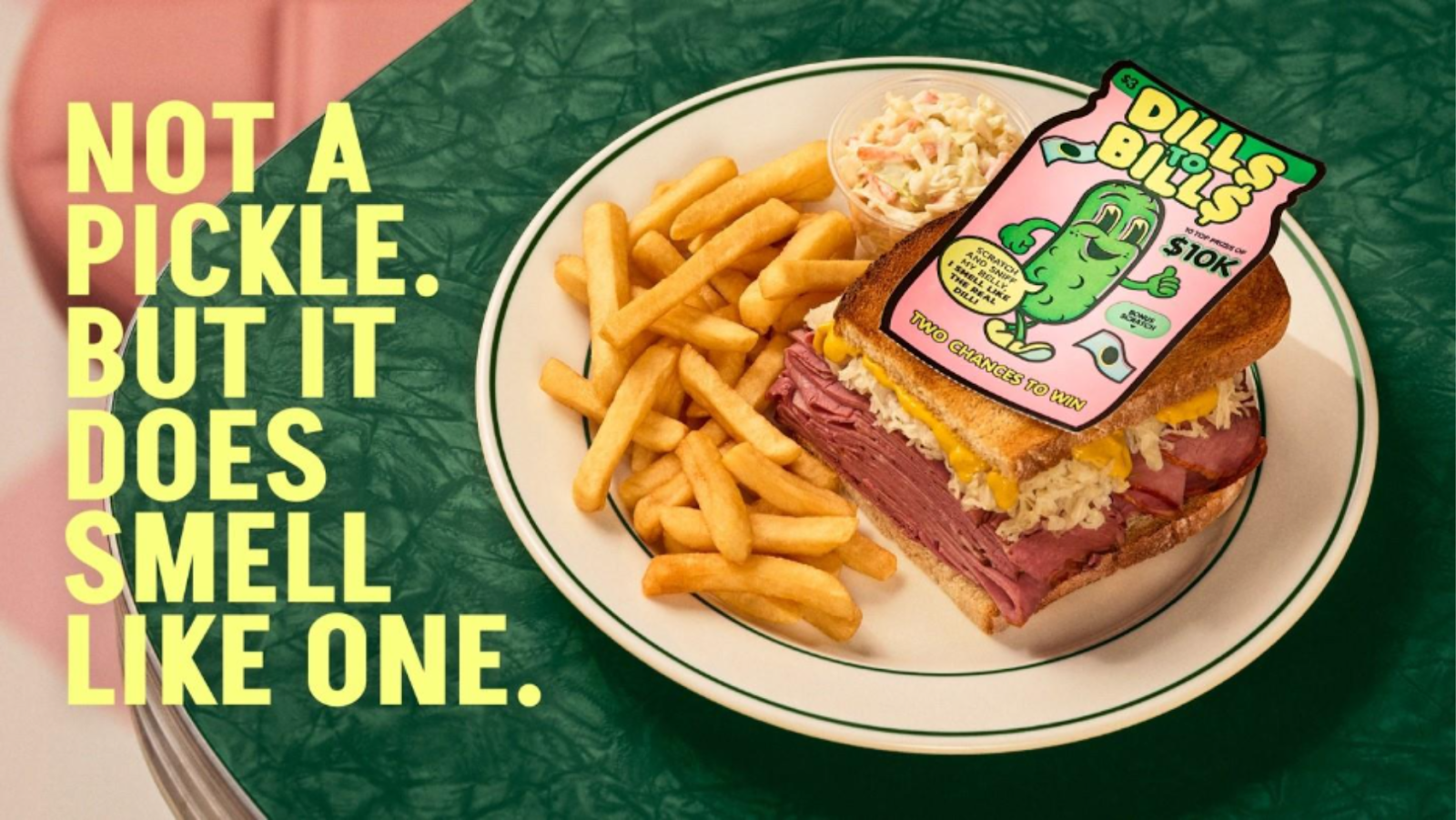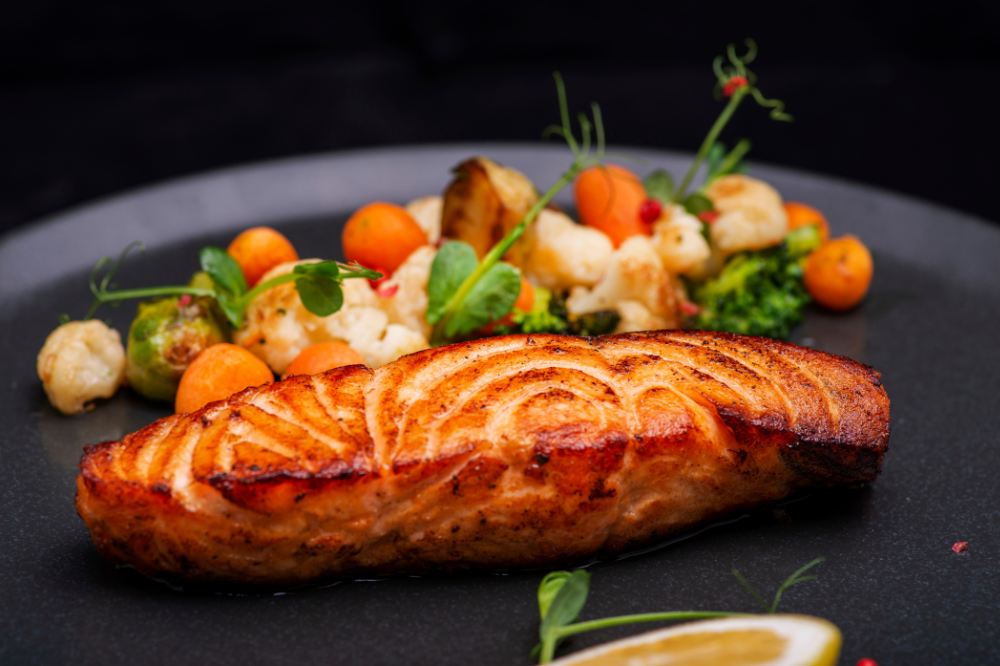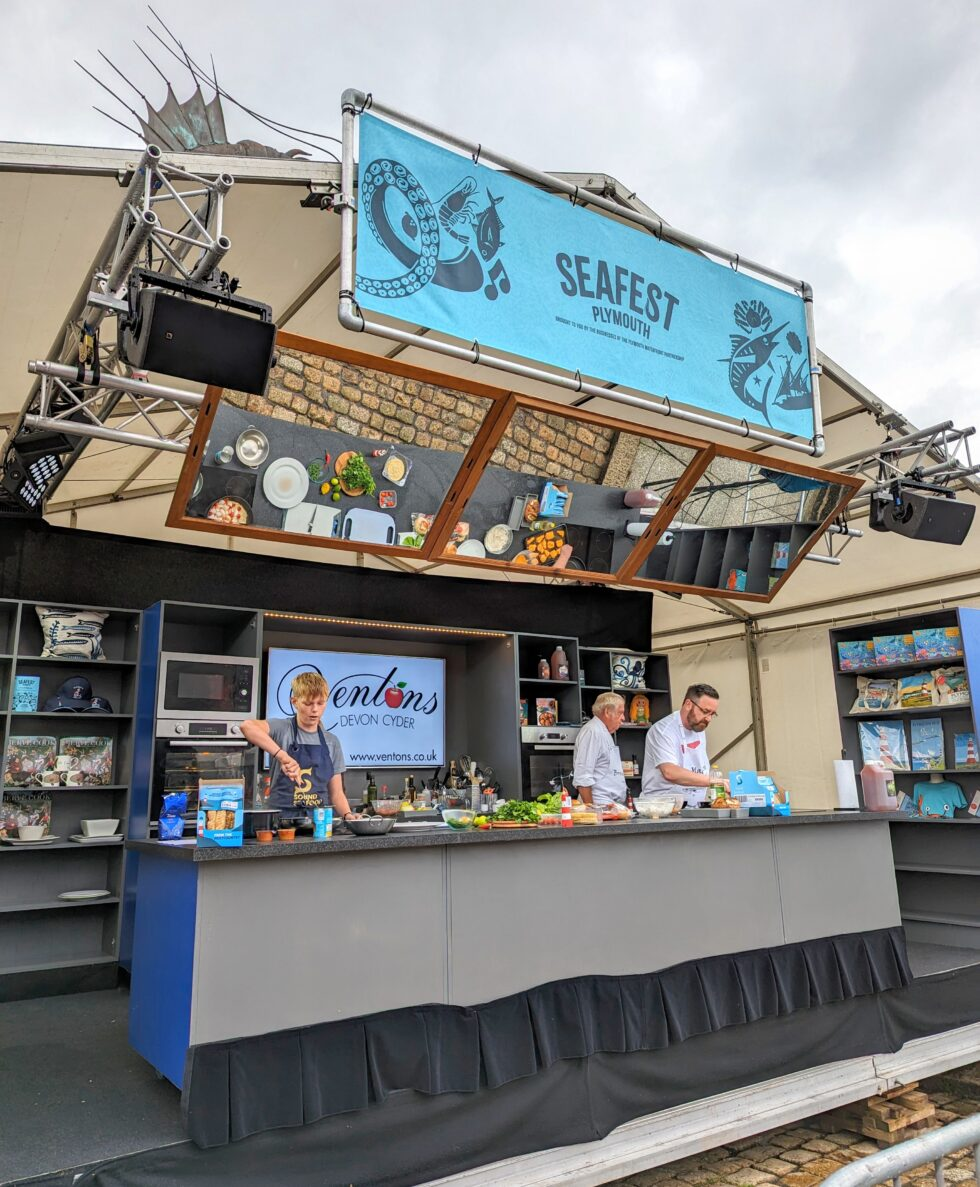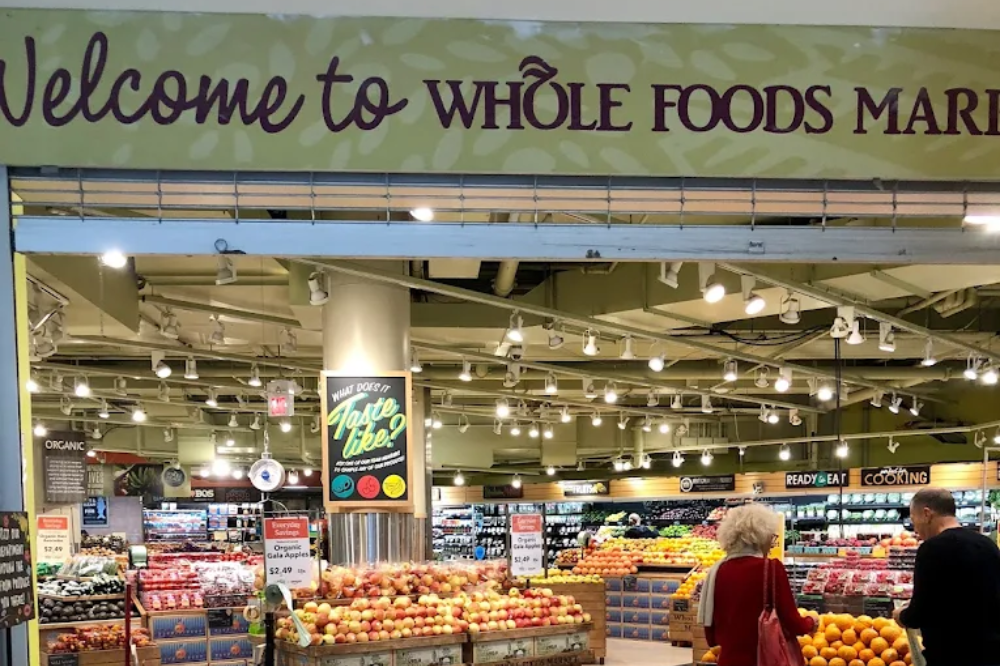Starbucks, the global coffee giant, has long dominated the coffee culture landscape in the United States and around the world. But in 2025, the U.S. coffee scene is witnessing a significant shake-up with the entry of Luckin Coffee, China’s largest and fastest-growing coffee chain, opening its first U.S. locations in New York City. This new competition promises to challenge Starbucks on its home turf, bringing fresh energy, competitive pricing, and innovative flavors to American coffee lovers.
Here’s everything you need to know about Luckin Coffee’s U.S. debut, its business model, what it means for Starbucks, and how this might reshape the future of coffee culture.
Luckin Coffee’s Bold Entry into the U.S. Market
Founded in 2017, Luckin Coffee quickly skyrocketed to become China’s largest coffee chain, surpassing Starbucks in store count by 2019. With over 20,000 outlets primarily in China, Luckin built its success by focusing on convenience, affordability, and digital-first customer engagement. Their approach revolves around mobile app ordering, cashierless pickup, and a streamlined store model tailored for busy urban consumers.
On July 1, 2025, Luckin opened its first two U.S. stores in Greenwich Village and NoMad, New York City, signaling its serious intentions to compete directly with Starbucks on American soil. To attract attention and trial, Luckin offered promotional pricing—drinks as low as $1.99—and gave out tote bags to early customers.
This aggressive entry strategy shows Luckin’s confidence in its unique business model and its appeal to cost-conscious, tech-savvy consumers.
Business Model and Consumer Experience
Luckin Coffee’s approach centers on efficiency and affordability. Customers place orders via the Luckin mobile app, skipping traditional cashier interactions, which speeds up service and reduces labor costs. The stores themselves adopt a minimalist, no-frills design focused on quick grab-and-go experiences rather than elaborate seating or ambiance.
In China, Luckin’s average coffee price ranges from $1.40 to $2.75, making it a far cheaper alternative to Starbucks, whose pricing often exceeds double that. This value proposition—offering quality coffee at a fraction of the price—has driven rapid adoption in China and is now the foundation of Luckin’s U.S. strategy.
Menu Innovation and Appeal
While Luckin offers traditional coffee drinks familiar to American consumers, it also highlights beverages inspired by Chinese tastes. For example, unique items like pineapple cold brew and iced coconut lattes add a fresh twist to typical coffee menus.
This blend of innovation and affordability is designed to attract adventurous consumers seeking new flavors without breaking the bank. In a market where consumers increasingly value choice and uniqueness, Luckin’s menu could find a receptive audience.
If you’re interested in discovering more about Canada’s vibrant and diverse food scenes—from street eats to gourmet experiences—check out my guides on Canada Street Eats and Food Truck to Fine Dining in Canada. These explore how different food concepts thrive and evolve in a multicultural environment, much like how Luckin is innovating within coffee culture.
Challenges Luckin May Face in the U.S.
Despite Luckin’s rapid growth and proven success in China, entering the U.S. market is a complex challenge. Starbucks and other established brands like Dunkin’ have deep roots, loyal customers, and broad geographic reach.
Moreover, cultural and taste preferences vary significantly. Luckin will need to fine-tune its offerings to fit American palates while building brand awareness from scratch. Urban centers like New York are competitive battlegrounds, with consumers expecting high quality, convenience, and community vibes in their cafes.
Luckin’s success will depend on how well it adapts to local preferences, marketing strategies, and the ability to build a loyal customer base beyond initial promotions.
Implications for Starbucks
Starbucks has been facing a recent sales slowdown, pushing the company to renovate approximately 1,000 stores to enhance customer experience. The arrival of Luckin Coffee adds new pressure for Starbucks to innovate and compete on both price and service.
Starbucks’ brand strength, loyalty programs, and premium positioning give it advantages, but Luckin’s affordability and technology-driven convenience appeal to a different segment, especially younger consumers and urban professionals.
This competition could encourage Starbucks to rethink aspects of its menu, pricing, and digital engagement to retain its market leadership in an evolving coffee landscape.
What This Means for Coffee Lovers
For consumers, the rise of Luckin Coffee in the U.S. means more choices and potentially better prices. It fosters a dynamic market where innovation and customer experience are paramount.
Coffee lovers might enjoy experimenting with new flavors, faster service models, and app-based ordering that Luckin offers, alongside their trusted Starbucks favorites.
If you’re a fan of exploring food trends and unique dining experiences beyond coffee, you’ll appreciate the rich culinary diversity in Canada’s street food and fine dining scenes. I’ve explored these in detail in my blog on Canada Street Eats and the journey from Food Truck to Fine Dining in Canada, which you might find inspiring for your next food adventure.
Conclusion
Luckin Coffee’s debut in the U.S. market marks a significant shift in the coffee industry’s competitive dynamics. With a focus on affordability, technology, and innovative flavors, Luckin challenges Starbucks’ long-standing dominance and brings fresh energy to American coffee culture.
While challenges remain, Luckin’s entry highlights the growing globalization and diversification of food and beverage trends. For consumers, this spells more choices and exciting new experiences.
As the coffee battle heats up, both chains will need to innovate, adapt, and listen closely to evolving consumer tastes.

